2022 Forecast
Defining the design strategies that will shape the built environment in the year to come.
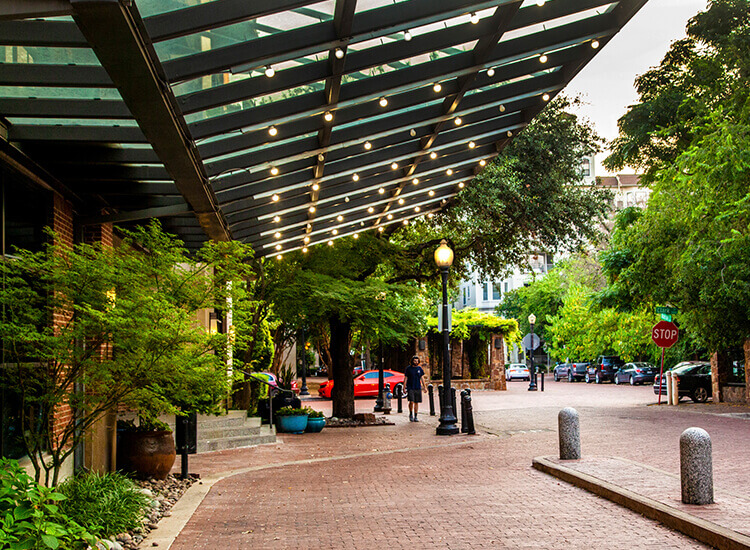
PUD
Demographics are rapidly shifting to households with far fewer children and aging adults who are seeking to live in more compact, amenity-rich urban spaces. The most successful of these towns and cities will be developed through community dialogue that involves voices from all segments of the population – especially the underrepresented. Governing bodies need to examine policies that lead to the elimination of bias, inequality and regulation of public spaces. The protection of communities at risk of natural disasters will become more urgent and more aggressive.
Underutilized streetscapes will be repurposed and utilized along with parks and plazas in the urban center. Single-use assets like shopping malls and office parks will also continue to reposition, reuse and redevelop more rapidly. Technology also finds its way into the public realm – from digital wayfinding and Wi-Fi kiosks to solar-powered trash compactors and electric vehicle chargers. The metaverse and the expanding world of virtual reality fill in the social element of technology in public space. How will this all play out in 2022?
Read more
Healthcare
At the intersection of health, wellbeing and real estate is a profound opportunity for market transformation. Retail-based healthcare will continue to expand opening new design opportunities for recombinant services. The move will be away from less traditional, institutionalized settings towards a holistic model that is embedded into the community.
By expanding care outside of the traditional setting, overall health will improve. This will be expedited with convenient, localized models that offer same-day appointments, extended hours, decreased wait times, weekend care and more. Meanwhile, next generation robotics and software will continue to reshape healthcare facilities and the way we manage our health – these facilities may even become the new must have residential amenity.
Read more
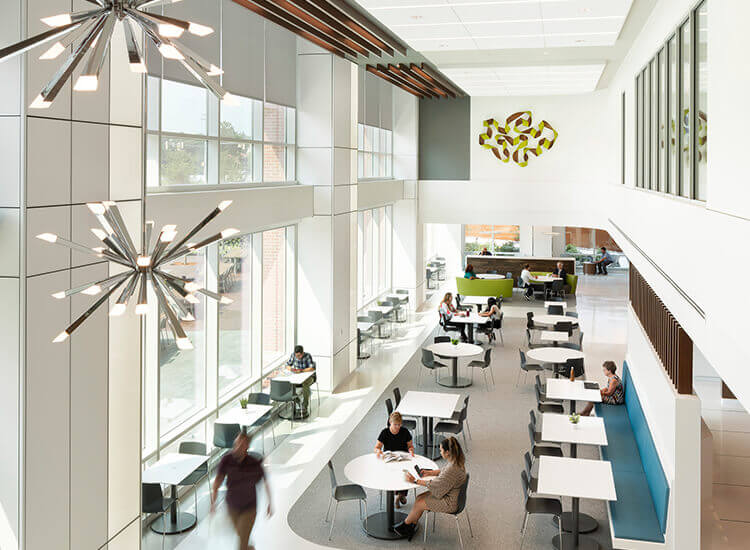
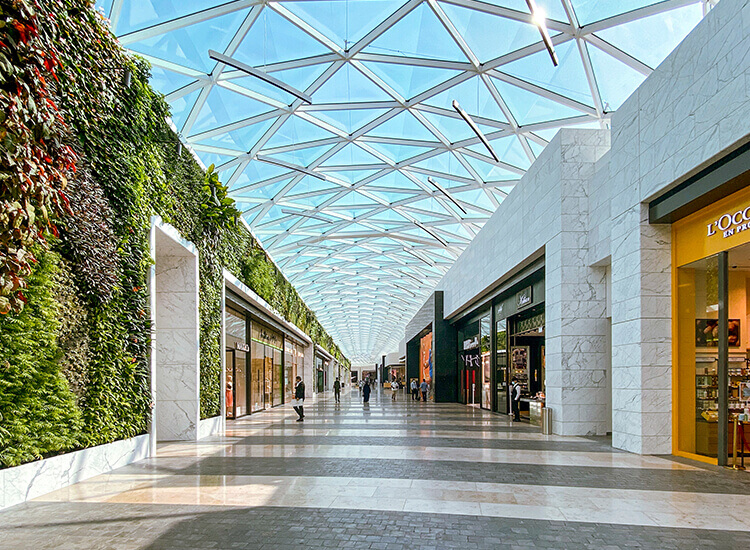
Mixed-Use
The modern consumer is more likely to be found in their living room, in the gym, in transit or at their desk than they are in a conventional mall or shop. Single-use, destination retail is becoming less and less viable. This means homogenous malls with generic anchors will not survive. Instead, we are making way for more flexible models that incorporate residential, hospitality, workplace, healthcare, education and transit offerings that deliver new, ready-made audiences to retailers.
Where previously there was a desire to make centers “watertight” and retail planning become anti-town center, today experience and connection is everything. The future looks like immersive environments curated to attract, serve and fuel their local communities first and visitors second. For pre-existing, traditional malls this starts with incorporating more lifestyle concepts into the mix and placing entertainment and community at the core. What does this look like in reality?
Read more
Workplace
It is an applicant’s market. With the retention and attraction of talent more competitive than ever, we must put the workforce ahead of the workplace and bring wellbeing and happiness to the top of corporate agendas. The future of work is hybrid, but what hybrid means in the context of a working environment has expanded beyond the “office versus home” conversation. The desire now is to work from anywhere – the gym, café, car, beach or otherwise. The imperative now is to establish a framework that allows for this level of flexibility and choice while also maintaining culture, knowledge sharing, productivity and brand.
The office is now more of a concept than a space, and the next generation of spatial design will combine with the metaverse to extend this reality. For those like CRTKL, the physical office will become a living lab to trial, measure, pilot and optimize work-based initiatives, products and technology that improves the experience for our people, our planet and the bottom line.
Read more
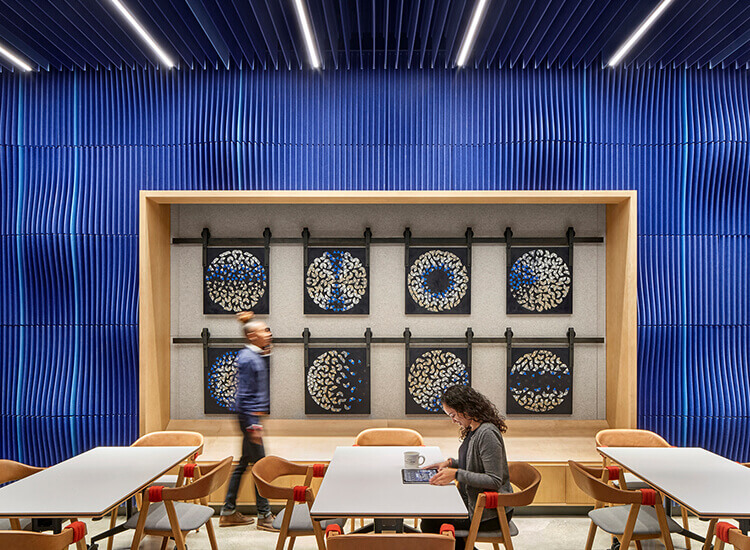

Residential
A new era is being driven by hybrid lifestyles and hybrid working cities. Where we physically spend time is now being dictated by purpose rather than by demand. This is contributing to a growing demand for large, lifestyle-led residential investment assets including multifamily and Build-to-Rent (BTR). The blurring of these lines is necessitating a different set of residential amenities, like live/work spaces and the Home of Things (HoT).
Meanwhile, the senior living market is changing — new attitudes about health, wealth and family are inspiring residents to dream of more urban lifestyles with impressive amenities and luxury services. This change is bringing with it new residential models and hospitality hybrids, but when adaptive reuse is not possible, what is the blueprint for building new?
Read more
Hospitality
The guest of 2022 is a different breed. Their expectations have shifted and now so too must the hotels that hope to attract them. Beyond tapping into the burgeoning Wellness Tourism Market, the task at hand for many is achieving greater ROI and attracting new demographics to existing properties.
Doors will be opened to new revenue generation opportunities beyond “heads in beds” and monetizing underutilized spaces. The flexibility of individual spaces will be as important as the flexibility of the hotel itself. Where does this start and how can F&B be used as a catalyst for hotel recovery?
Read more
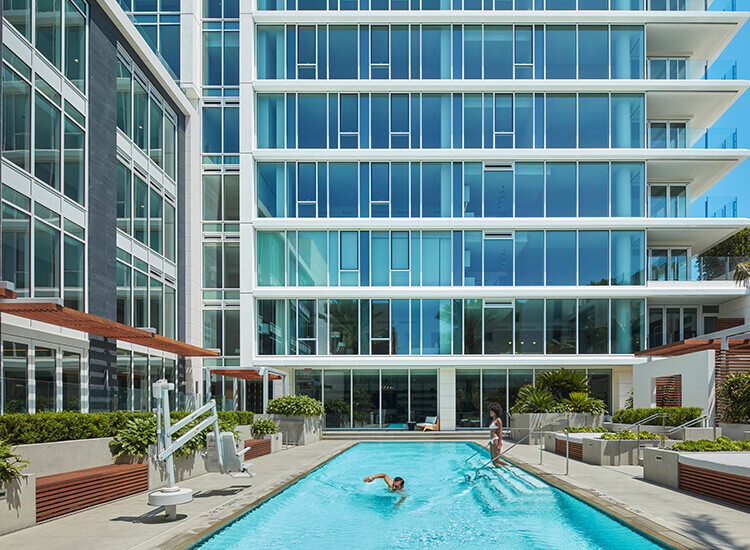
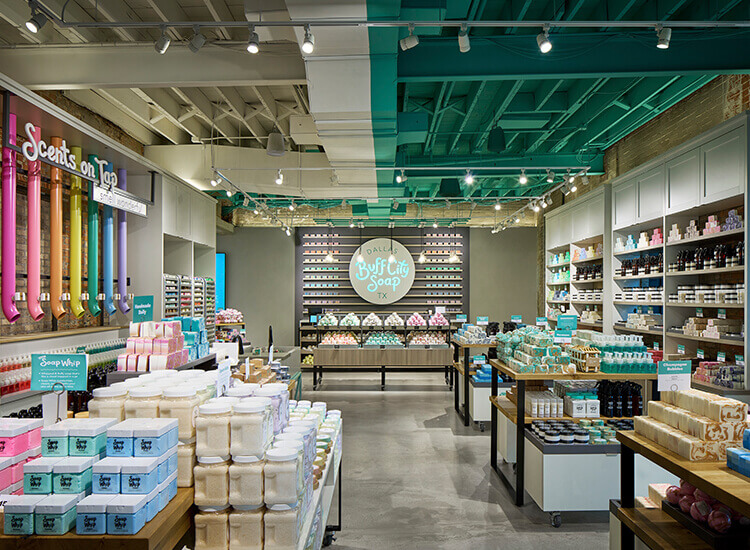
Retail
Next year will be about the “anti-narrative” narrative. Consumers care less now about these “brand stories” than they do about convenience. As a result, physical retail environments are simplifying in-person transactions. As technology within the store focuses on digitizing operations, employees will be able to deliver a more personalized shopping experiences where product advice and brand advocacy come across with greater authenticity. Focusing on key themes of escapism, sustainability, access to nature and multi-sensory experiences, the store of 2022 will elevate the conversation beyond any one purchase and tap into the lifestyle and wellbeing aspirations of those within it.
All the while, many big-box retailers will seek to adaptively reuse the suburban shopping malls as fulfillment centers and the humble pop-up will grow in value and become an integrated solution that allows retailers, brands and F&B groups alike to strategically reposition and compete with the on-demand economy.
Read more